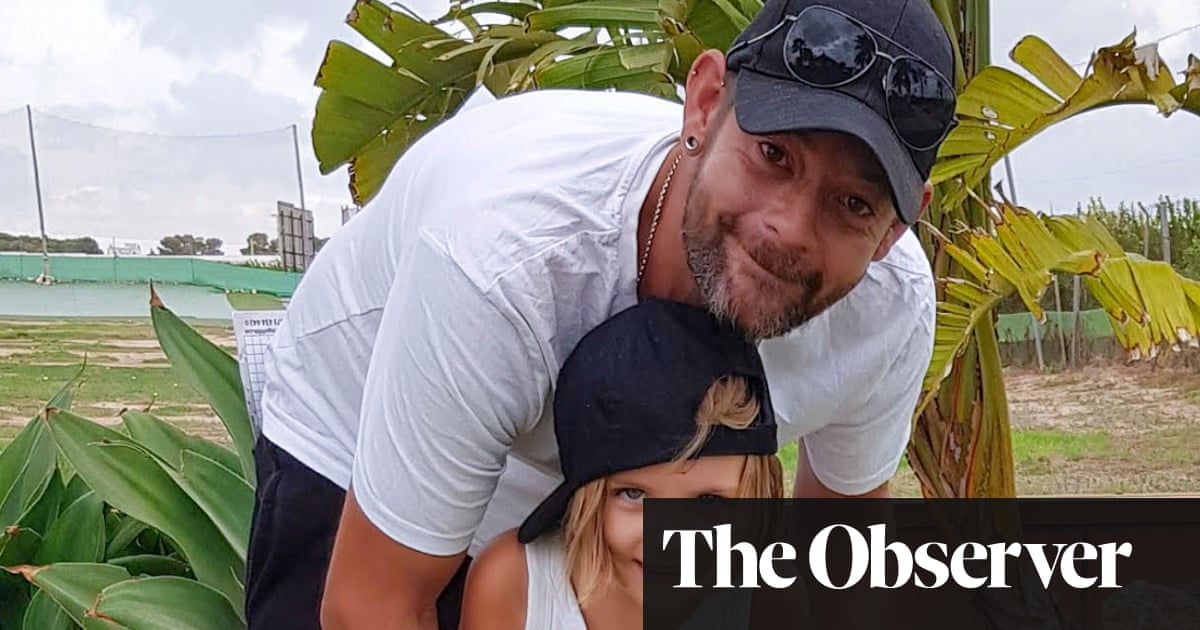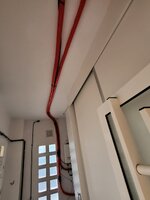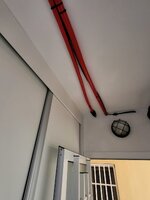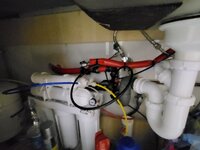spanishman
Well-known member
Can anyone suggest a good set up for an on demand hot water recirculation system with a return line? For deployment in Europe.
Suitable for a small apartment with 3 sinks and a shower.
On demand, seems to be popular in the USA. Not as much in Europe. It is where you use a Bluetooth button (or other form of starter) to start the recirculation pump. So it only runs when you want it to. It then runs for a short, standard, programmable period of time that can be set on a timer in the pump itself.
There are other ways that you can achieve this using wall timers etc. However it is better if the pump controls the switch on point and duration of running directly.
I am in the process of getting new, better insulated, hot water piping installed. It is being installed in a way that could be converted to use a recirculation pump and a return line in the future.
Any ideas would be much appreciated. Ta.
Suitable for a small apartment with 3 sinks and a shower.
On demand, seems to be popular in the USA. Not as much in Europe. It is where you use a Bluetooth button (or other form of starter) to start the recirculation pump. So it only runs when you want it to. It then runs for a short, standard, programmable period of time that can be set on a timer in the pump itself.
There are other ways that you can achieve this using wall timers etc. However it is better if the pump controls the switch on point and duration of running directly.
I am in the process of getting new, better insulated, hot water piping installed. It is being installed in a way that could be converted to use a recirculation pump and a return line in the future.
Any ideas would be much appreciated. Ta.
Last edited:






